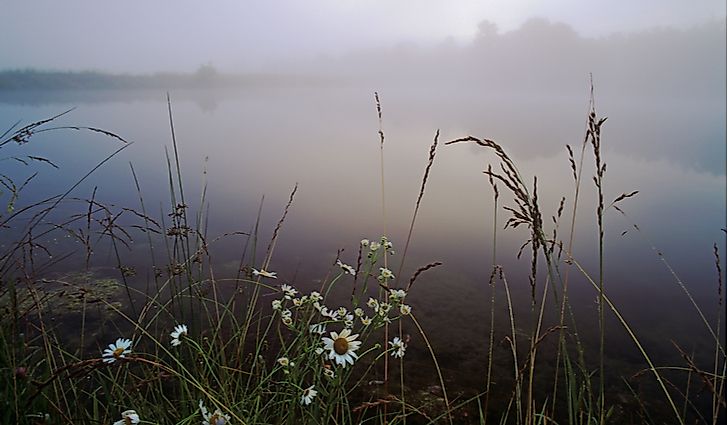Big Bone Lick State Park - Unique Places In North America
Big Bone Lick State Park is found in the US state of Kentucky.
Big Bone Lick State Park is found in the US state of Kentucky. The park has a long history of tourism, paleontological studies, and salt mining activities. It has also served as a recreational and health resort for years. Since August 25, 1953, however, the Boone County supported its creation into a state park as resolved by the Big Bone Lick Association. Boone’s citizens gave donations to purchase the land around the site and offered it to the Parks Board. Later, on July 2, 1960, the board accepted the land. This action marked the beginning the state to facilitate a state historic site for recreational pursuits and a museum featuring Paleontological as well as archaeological displays. In 1972 it was added to the US National register of historic places and in 2009 t was designated as the US national Natural places.
How The Park Got Its Name?
The site was also known by other names as Big Bone Creek described by Robert Mcfee in his journal of 1773 and Elephant Bone Lick recorded in Nicholas Creswell’s journal of 1774 to 1777. The area has many large bones discovered over time by explorers and scientists. The bones were mainly the remains from extinct species of animals including the bison commonly referred to as the buffalo in the US, some deer such as the caribou or reindeer, elk, and moose in addition to the relatives of present-day elephants. Gradually over the millennia, the bones of these species accumulated forming fossil deposits preserved by flooding sediments. These deposits include the site now named the Big Bone Lick State Park and were the most notable feature in the region.
History Of The Park
Although the site of Big Bone was well known to the natives and was part of the Indian folklore, people of the European descent discovered the unique area. Robert Smith, an Indian trader, and the French explorer Charles Le Moyne were among the first nonnative to discover this region. Other notable visitors were Daniel Boone, a hero in American folklore and for whom the Boone County of Kentucky is named after, the explorers in the expedition led by Lewis and Clark, and Nicholas Creswell. According to Creswell’s journal, this visit in 1775 led him to discover several bones which he described as “prodigious in size.” After a short salt-making operation in the site, fossil collectors and scientists developed an interest in the ancient bones. Notably, President Thomas Jefferson sent for a collection after reading the intriguing description of a mammoth written to him by the Cincinnati Physician, Dr. William Gorforth.
Attractions Found At The Park
Since 2004, the park opened a center for visitors displaying fossils for paleontology, Ordovician geology, ice age mammals including a 1,000-pound mastodon skull and research in the park is still ongoing. Native American art showcasing American history and information relating to the chronology of science at Big Bone is also available. Moreover, nature trails like the Discovery Trail feature recreations of the Pleistocene Megafauna. Lastly, the park has facilities and amenities like sites for camping and supports learners during academic field trips.
Must Do List For Visitors To The Park
Apart from the traditional activities that outdoor sightseers engage in, such as camping and fishing, there are also several other recreational opportunities. The discovery trail behind the visitor’s center provides an idea about life forms in the Pleistocene Epoch, or the last ice age. Birdwatching is also a popular activity at the park.
Big Bone Lick State Park - Unique Places In North America
![Big Bone Lick State Park - Unique Places In North America]() Reviewed by Admin
on
3:25 PM
Rating:
Reviewed by Admin
on
3:25 PM
Rating:

Post a Comment